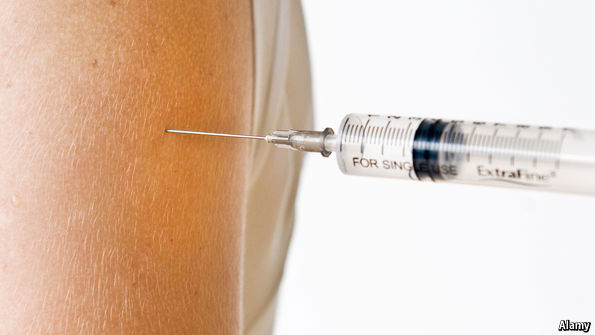Rehydration therapy

MAKING vaccines often involves growing bugs—and these days the bugs in question are frequently genetically modified. There are, with good reason, strict regulations about the use and transport of such modified organisms, for fear that something bad might escape and thrive in the wild. And this has led to vaccine-producing bugs being grown in secure, centralised “foundries”, whence their products are distributed to the wider world.
That works well when the relevant bits of the wider world have decent infrastructure for handling vaccines—particularly networks of reliable refrigerators, known as cold chains, to keep them stable. But this is not always so, especially in certain parts of the tropics, where vaccines are often needed most. So it would be nice to have a safe and robust way of making vaccines on site in such places, thereby shortening the cold chain. And, as he reports in Cell, James Collins of the Massachusetts Institute of Technology thinks that he may have developed one.
The fear of an engineered bug escaping and thriving does not extend to bits of bugs, since these cannot reproduce by themselves. Dr Collins…Continue reading
Source: Economist




